RECREATE
The Making of THE WARD
Our project, THE WARD: Race and Class in Du Bois' Seventh Ward, employs both old and new technologies to recreate Du Bois' study and advance research and learning about the state of America’s racial imagination.
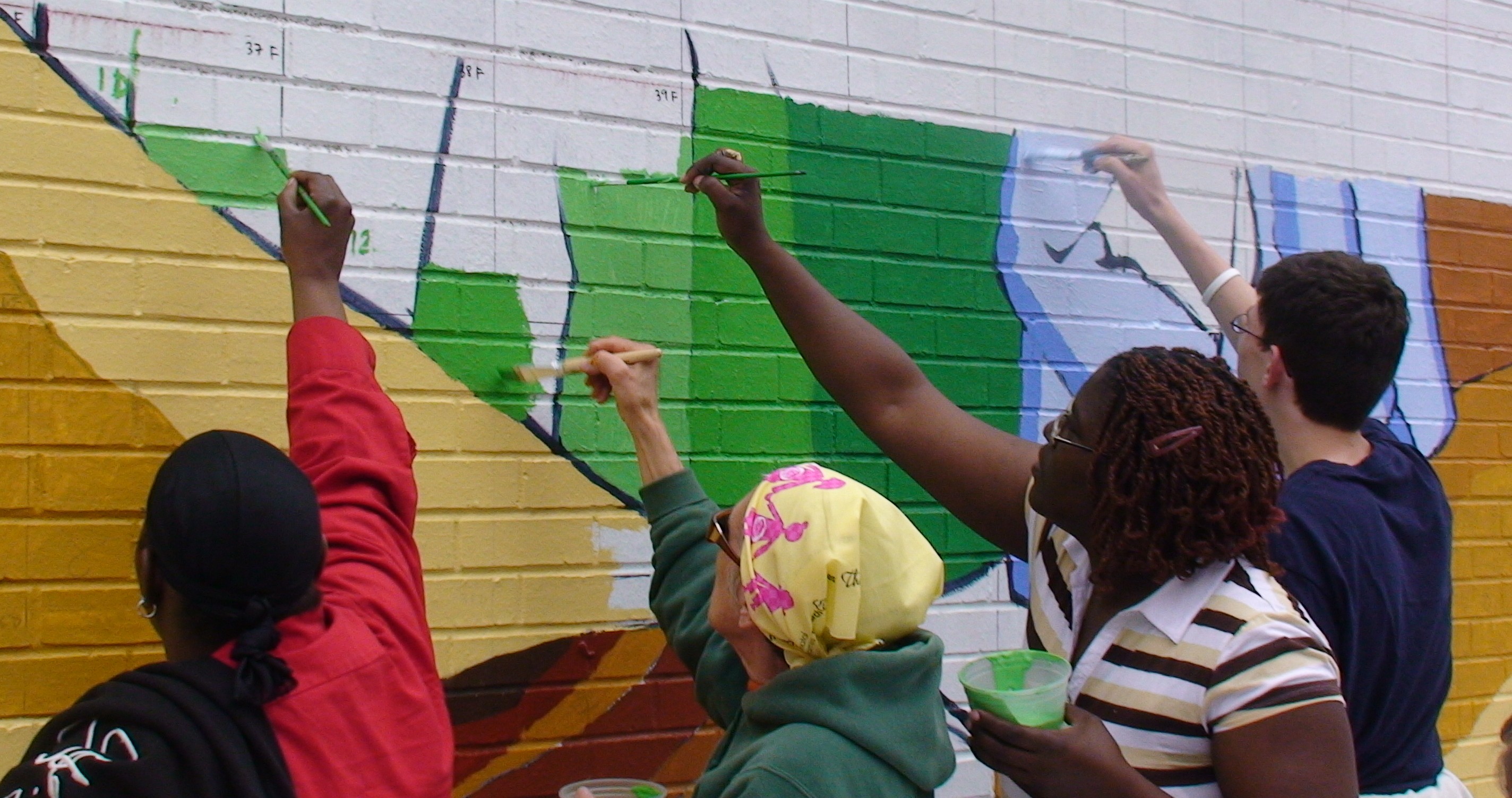
Students from Masterman High School and residents from the neighborhood paint the undercoat for the mural of Du Bois, “Mapping Courage,” at 6th and South Streets, in April 2008.
Our Data Collection
Philadelphia has amazing special collections where we’ve researched newspaper articles, crime reports, historical photographs, and maps. We have relied primarily on address-level 1900 U.S. census data to recreate Du Bois’ door-to-door survey.
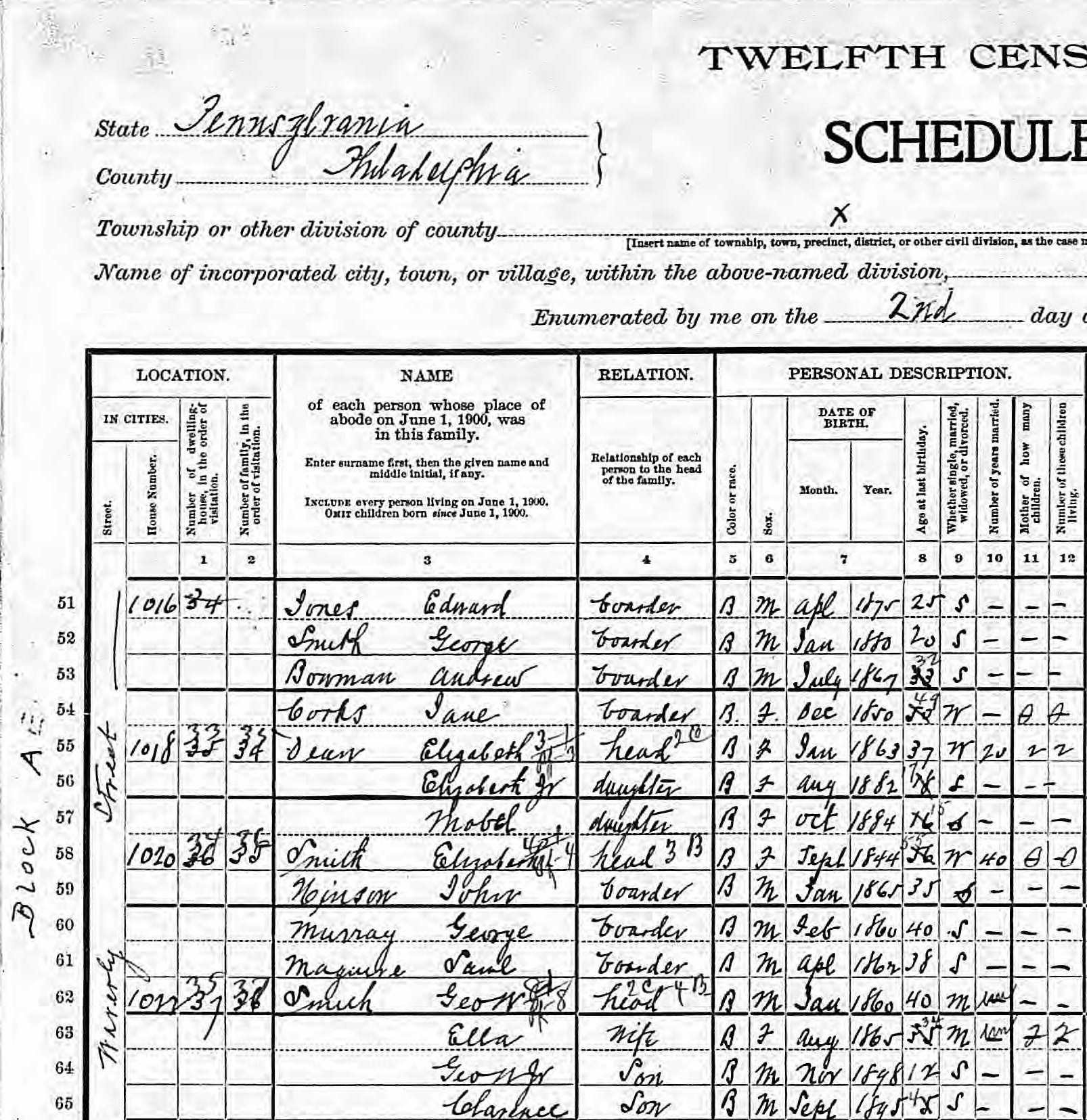
An example of the 1900 Census data we used for the project. This image shows a small part of a census survey sheet. Note the street name and address is listed vertically on the left. Each row corresponds to one person, organized within households.
Mapping the Seventh Ward
We created a series of map layers showing demographics for Philadelphia and the Seventh Ward from 1900. This interactive mapping dashboard (below) allows viewers to visualize census data at the city and ward level.” Create link for “interactive dashboard” that goes to mapping page.
Student research assistants transcribed the 1900 census data to create a spreadsheet to create the basis for a parcel-level map layer. Parcels correspond to the individual houses where residents lived. While we had access to new technologies, our goal was to produce maps that looked like Du Bois’ map of social class.

The mapped census data looks a bit like a quilt, shown here with shades of blue representing US-born White households and red showing US-born Black households.
Walking the Old Seventh Ward
While many of the buildings Du Bois would have seen during his research in Philadelphia are long gone, enough of the original row houses, churches and synagogues, schools, and alleys still exist to make walking through the neighborhood one of the best ways to engage with his work.
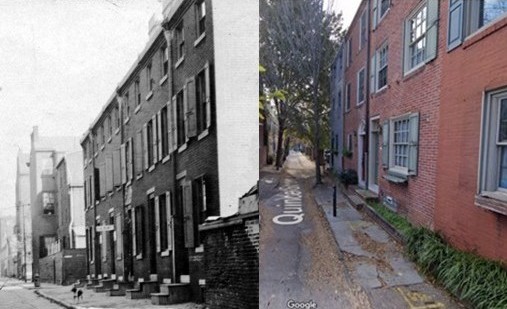
The image at right was taken in 1915 and is part of the Octavia Hill Society Collection from the Temple University Urban Archives , showing Quince Street between Pine and Lombard. The image at right shows the same block through Google Street View.
Legacy of Courage Documentary
Our 19-minute documentary tells the story of Du Bois coming to Philadelphia to conduct his research and the importance of his findings. It features the chance meeting of Miss Veronica, a Black woman who was born in the Seventh Ward, and Jimmy, a White man who later owned her house.
Sociologist Dr. Tukufu Zuberi describes how Du Bois reframed the “Negro problem” he was asked to address to be about the challenges Black people faced, including discrimination, rather than about their innate inferiority. Sociologist Dr. Elijah Anderson underscored the importance of the environment--physical and social--to inequities Blacks faced. Both scholars connected Du Bois’ findings to contemporary patterns of racial inequality including the overrepresentation of Black people in prison and their underrepresentation in the building trades.
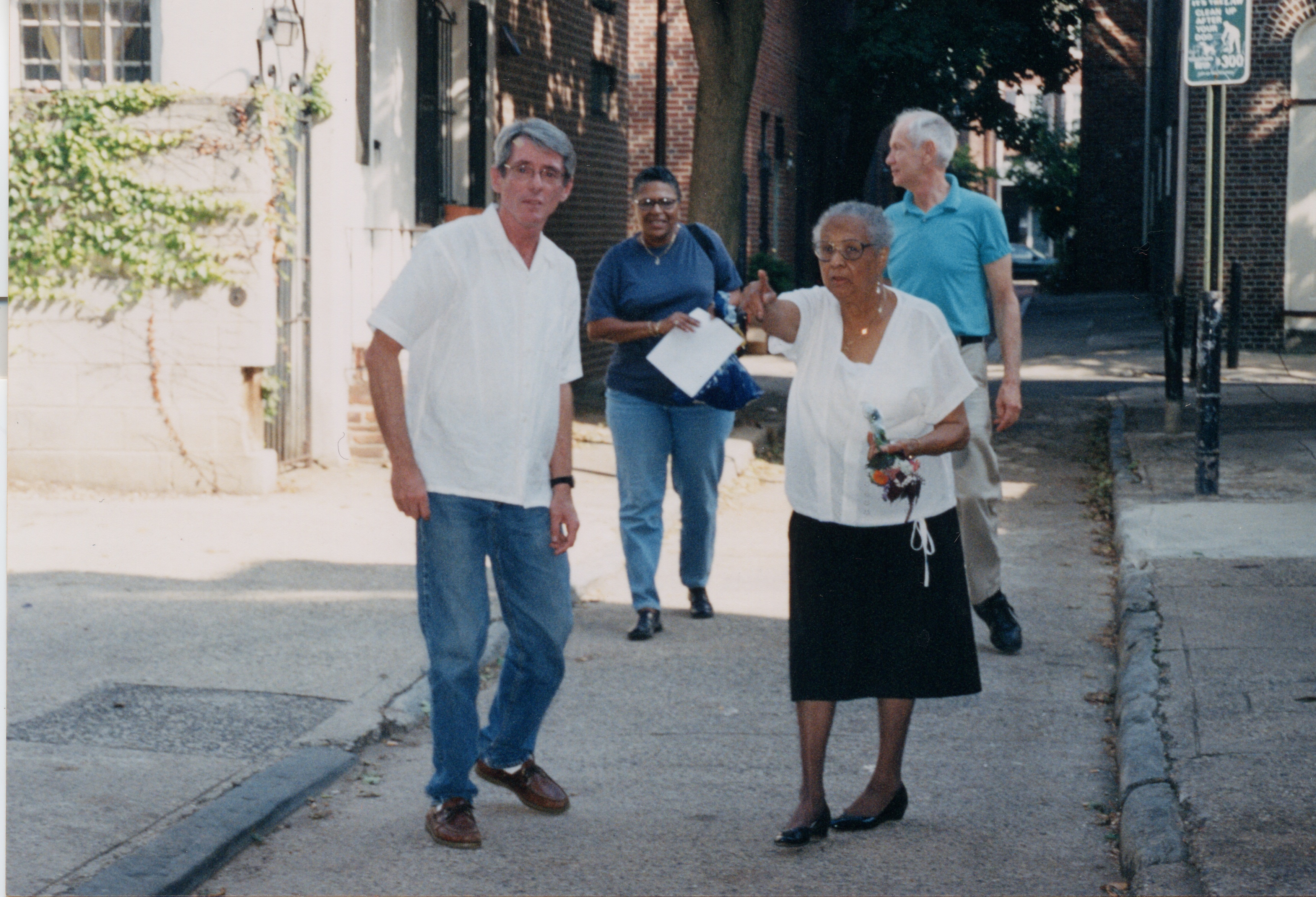
The documentary also features the personal story of Veronica Hodges, a Black woman raised in North Philadelphia, who came to know Jimmy Calnan, the white man who lived in the small house in the Seventh Ward where her grandmother had been born.
THE WARD Board Game
Our board game highlights many of the historical institutions of the Seventh Ward, including Mother Bethel AME Church, St. Peter Claver Church, and the Institute for Colored Youth. It also features some of the more ordinary places--the police station, the corner of 6th and Lombard Street, the catering supply store, and the hospital.
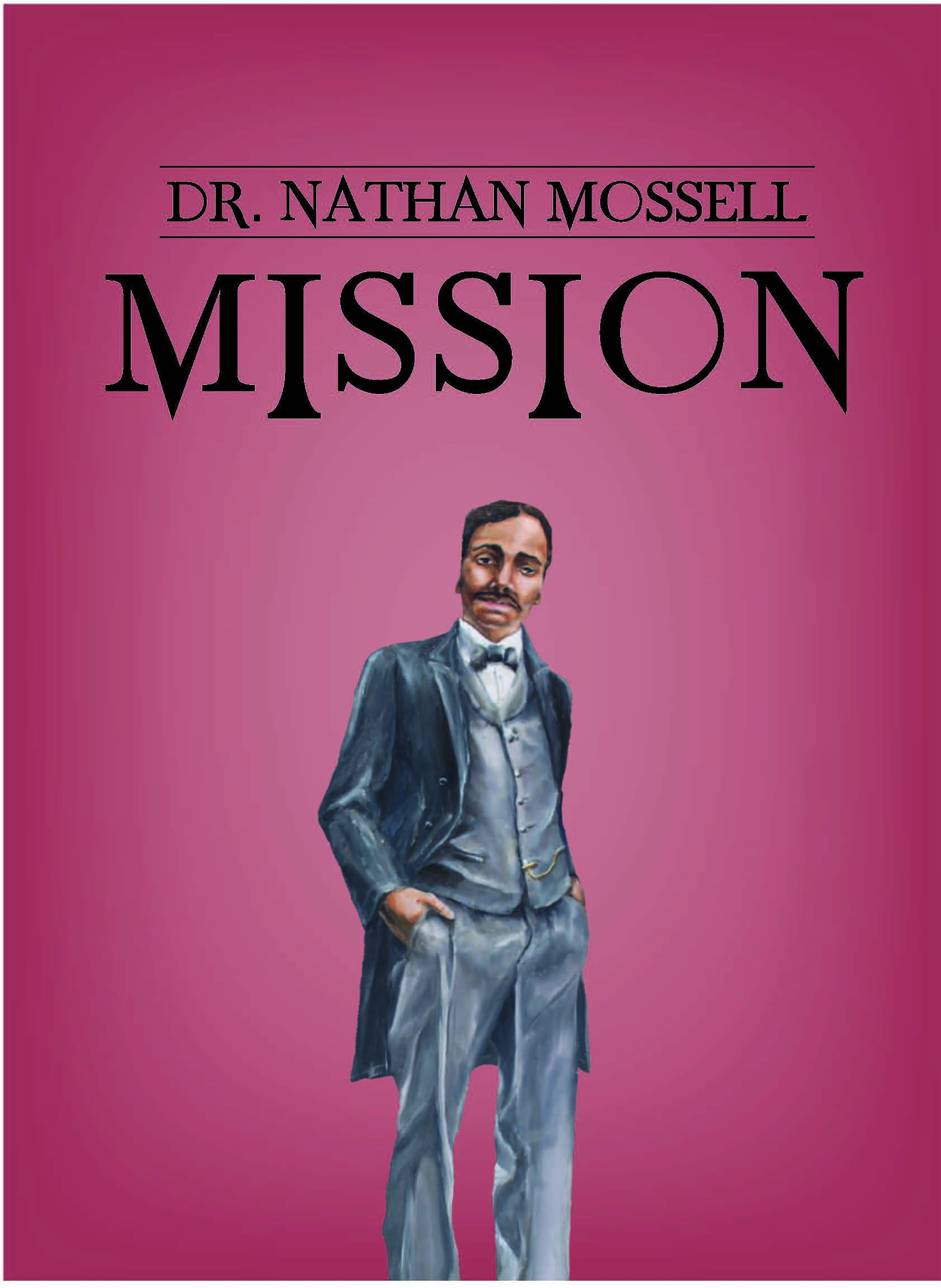
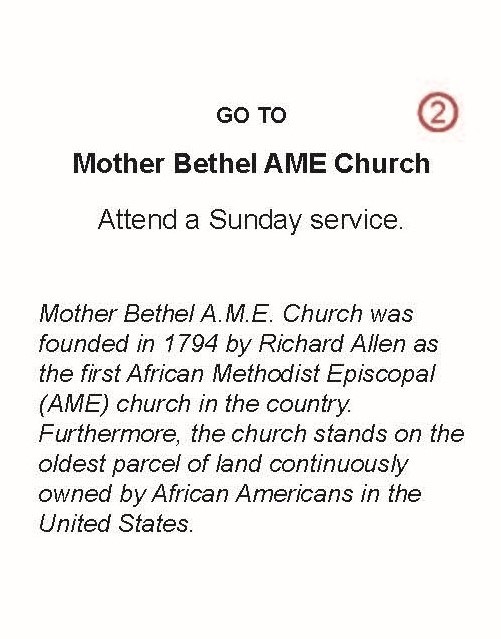
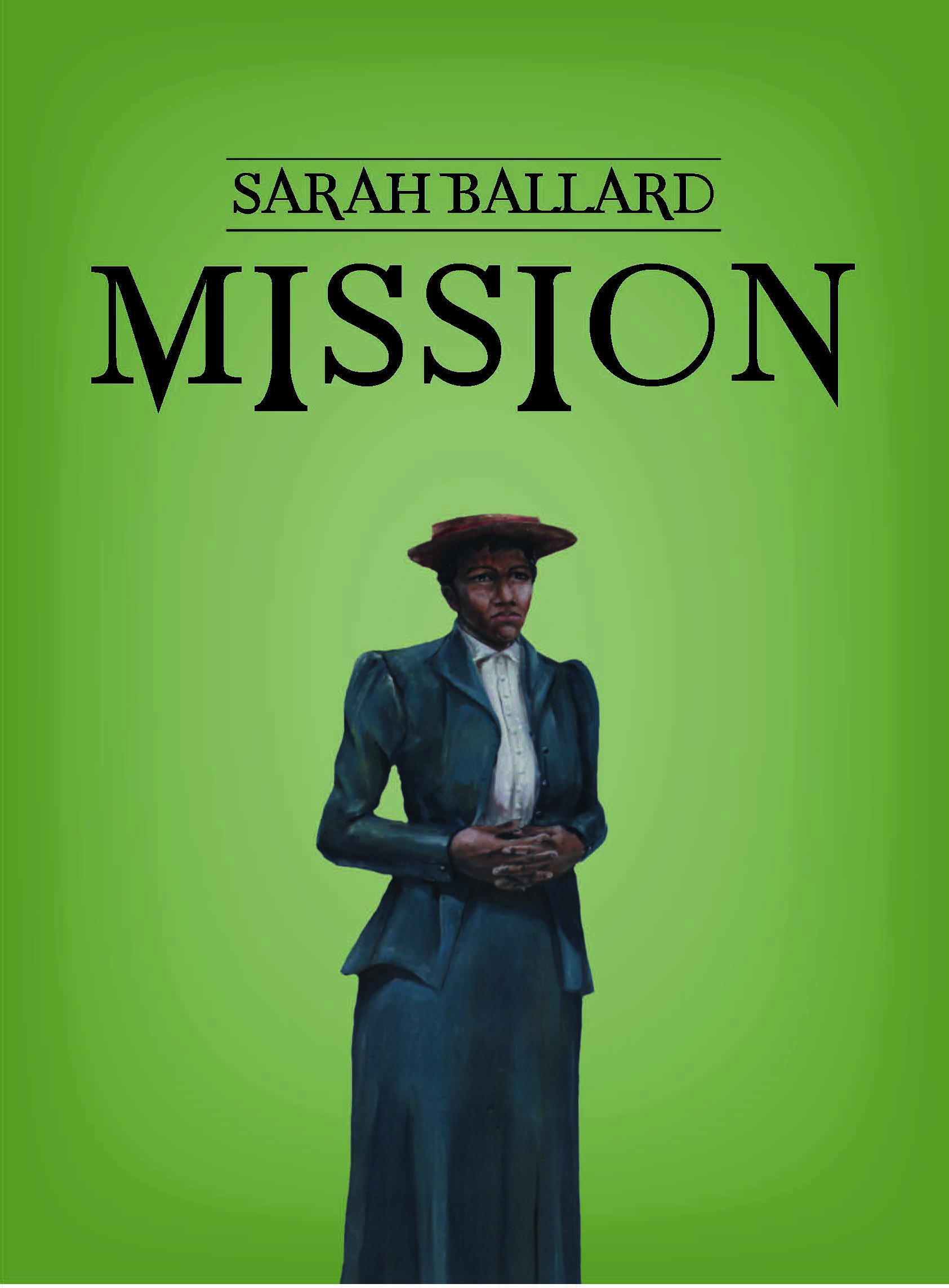
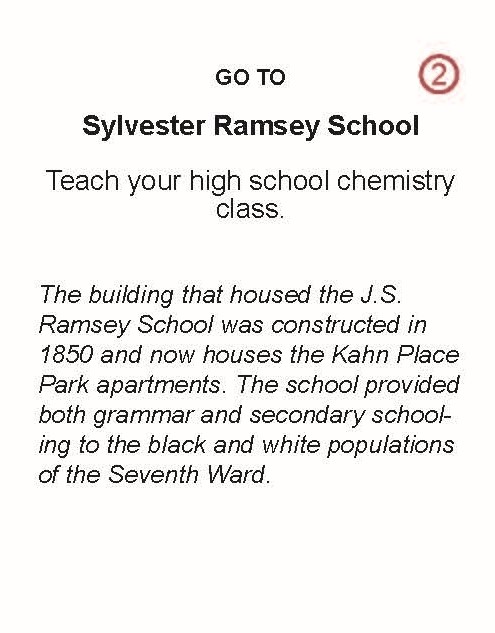
Du Bois Mural on South Street
We partnered with Mural Arts Philadelphia to create a mural to honor Du Bois and the large number of everyday Black people who once lived in that neighborhood. A pensive Du Bois invites passersby to consider how the neighborhood has changed over time.
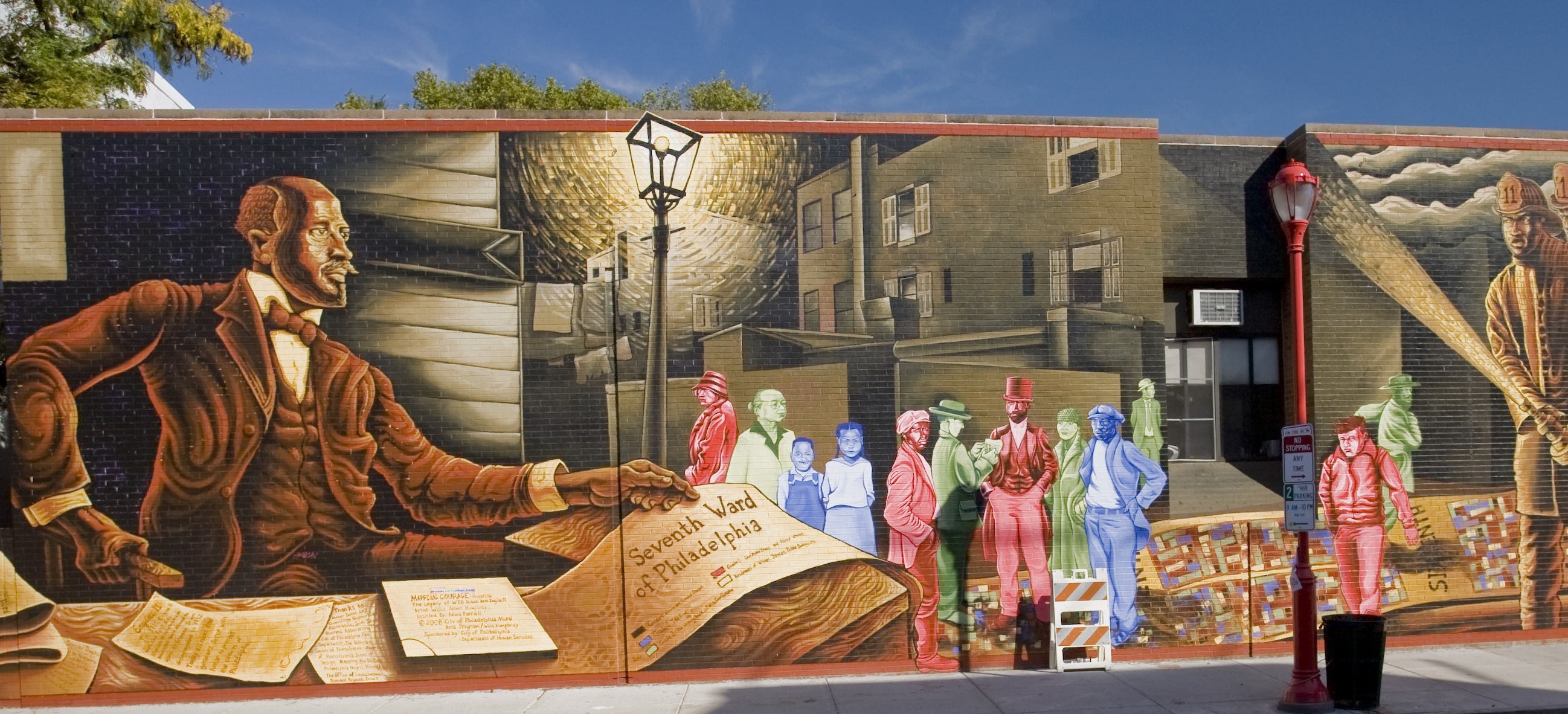
The mural honoring Du Bois, “Mapping Courage,” is on the side of Engine Company No. 11 at 6th and South Street. Photograph taken by Jack Ramsdale 011014.
Now a predominantly white neighborhood with some of the highest real estate values in the Philadelphia region, a mural would implore current residents and visitors alike to consider how and why the neighborhood changed. In 1896, Philadelphia’s Seventh Ward had the largest concentration of Black residents of any part of Philadelphia, and Philadelphia had more Black residents than any other city in the North.
With historic institutions including Mother Bethel AME, Pennsylvania Hospital, Frederick Douglass Hospital, and the Institute for Colored Youth., the Seventh Ward was, in many ways, an exceptional place. But the people and their stories were not, and the demographic changes experienced by Seventh Ward played out similarly in cities across the U.S.
